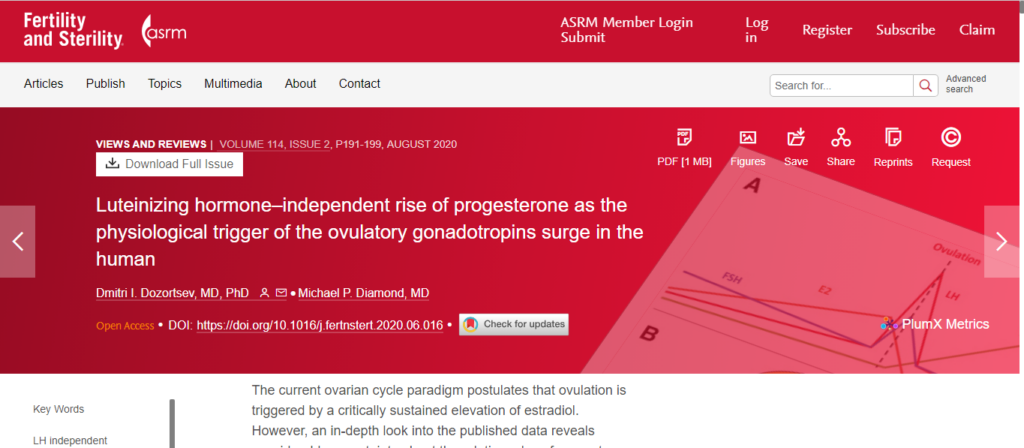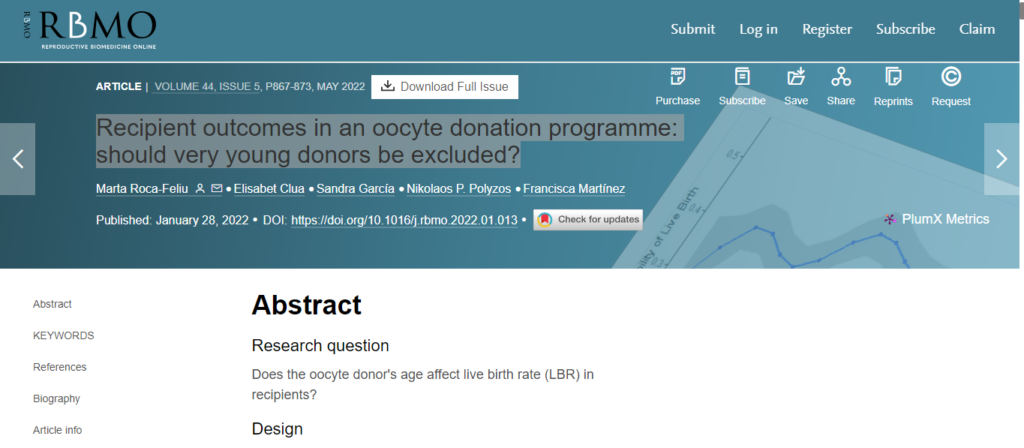What Is IVF? What Are Its Advantages and Disadvantages?
IVF involves providing the woman with injectable medications to grow several follicles (eggs) in her ovary.
The eggs are extracted using transvaginal ultrasound guidance while the patient is under intravenous sedation. The extraction of the follicles is usually rapid about 20 minutes and the whole process of growing the eggs and extraction takes about 12-17 days. The eggs (oocytes) are then injected with the sperm and grown in the lab for 3-5 days. At the time of egg retrieval, the male partner undergoes sperm aspiration from the testis or epididymis (which is often much easier than a vasectomy reversal). The embryos formed after 5 days are frozen and transferred into the uterus in another cycle that only requires uterine preparation.
The biggest advantage of IVF is that it can usually overcome both male and female infertility. The second advantage of IVF is that the male partner does not have to undergo surgery in the future for the purpose of contraception.
The disadvantage of IVF is that the female partner has to undergo hormonal injections for about 10-12 days and there is a higher chance of a multiple pregnancy (although usually it is limited to twins and not higher-number multiples).
Vasectomy reversal may not always be successful. A period of 6 months may be required after vasectomy reversal for the body to reestablish acceptable sperm count. The sperm count required for normal intercourse is around 20 million, and greater than 5 million is often needed for an intrauterine insemination. Waiting longer than 6 months may become a factor in reducing the chances of conception if the female partner is older than 35 years old, which is when the ovarian reserve begins to rapidly diminish.



